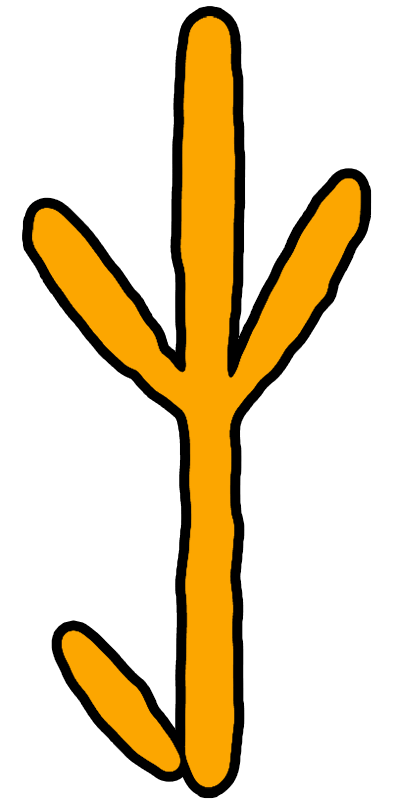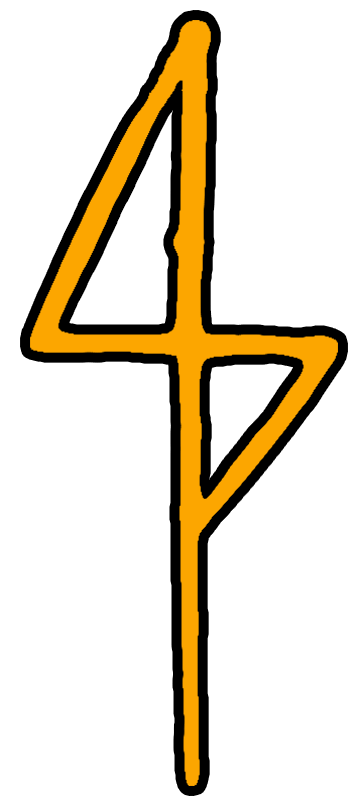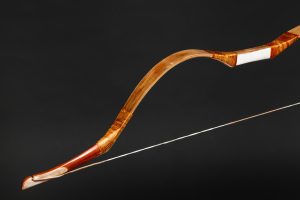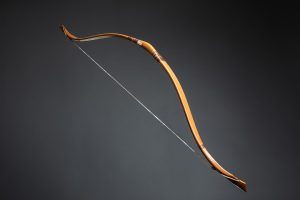
ATTENTION!
Our website contains bows*.
If you are a visitor for professional purposes, log in as our pages contain information for professional purposes only.
In all other cases, please leave our site.
By clicking the "ENTER" button, you declare that you are a visitor for professional purposes only, and that you only need the information on the page for professional purposes.
*Based on the 175/2003. government decree, the bow is considered an instrument of increased danger to public safety. We are not responsible for violations committed with a bow.
ENTER
G6 Avar Base bow

G6 Avar Base bow #50
185 €Buy it-
Sale!

G6 Avar Base bow #55
245 €Buy it -
Sale!

G6 Avar Base bow #45
245 €Buy it -
Sale!

G6 Avar Base bow #40 - Middle brown leather
245 €Buy it -
Sale!

G6 Avar Base bow #37
245 €Buy it -
Sale!

G6 Avar Base bow #34
245 €Buy it -
Sale!

G6 Avar Base bow #40 - Light brown leather
245 €Buy it -
Sale!

G6 Avar Base bow #30
245 €Buy it -
Sale!

G6 Avar Base bow #25
245 €Buy it -
Sale!

G6 Avar Base bow
245 €Pre order
Information!
There may be color differences in the picture compared to reality!
You can write it down in the comment section at checkout if you have an idea about the colors.
Bows are usually made from 25-70#. Bows can be made between 75-140#, but only certain models.
From 75#, there is no warranty and we do not take any responsibility for the bows. The buyer must make a written statement of this, that he acknowledges it, and we will charge a +50 EUR cost. Decorative painting is +150 EUR.

Featured Bows
Our bows, which are more special than average and define their product category, deserve special attention.


Who where the Avars?
After the death of King Attila the Hun and the departure of his people to the east, another formidable equestrian people appeared in Europe, the Avars. The Avarság – shortly before moving to Europe – was created from the union of two large ethnic groups: the Var (Avar) and Khun (Hun) peoples.
The Var-Khuns thus adopted the name Avar, but the Greeks only referred to them as “pseudoabaroi”, i.e. “Avar”, since they spoke the Hun language. According to contemporary sources, when their khagan sent envoys to the court of the Byzantine Emperor Justinian I to ask for allied mercenaries and land, the members of the delegation had braided hair hanging down their shoulders, and the Hun dress and language, so that the Hun interpreters at the court understood them. As allies of Byzantium, they conquered the different tribes in turn.
The Avar horsemen used their stormy horses and their long-range strong reflex bows to terrorize their opponents. In addition to their long-range, armor-piercing bows, they owed their long-lasting military superiority to an object that now seems completely ordinary: the stirrup. With the help of the stirrup, the rider sat securely in the saddle and could fight with his opponent with almost the safety of a pedestrian standing on the ground. The stirrup helped faster riding, unexpected maneuvering, and more accurate aiming with the bow. In 562, their central accommodation area was already next to the Al-Danube. Here they received the news that their former conquerors, the Turks, had crossed the Volga from the east. Since they did not want to surrender to their old opponents, they continued to migrate west, towards the Carpathian Basin. They took possession of both banks of the Danube at the cost of difficult struggles. With the conclusion of their conquest, a unified economic and political power was once again established in the Carpathian basin for many centuries. During the early Avar empire, thousands of craftsmen and farmers were resettled during their conquests. The Byzantine and Italian craftsmen brought here built the khagan’s seat with a wooden palace and a bath, somewhere on the bank of the Danube plain.
In the 670s, significant changes occurred in the life of the Avar empire: new ethnic groups moved in from the east. Part of the new population was made up of remote Central and Inner Asian Turkic ethnic groups, but most of them moved from the steppes here on the Volga. Most of them were Onogur-Bulgarians, but there could also be a large number of early Hungarians among them. With the new people came new objects, new art, new customs. The Avar empire was eventually eroded by continuous internal wars, battles with Charlemagne and Bulgarian incursions.
More to read
More about the Avars



















































